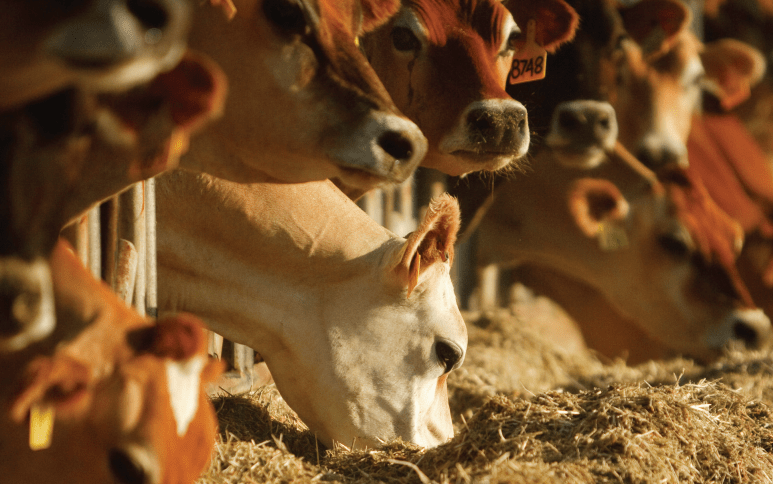As part of its export promotion programs, the U.S. government announced last November the Regional Agricultural Promotion Program (RAPP).
In November 2023, the U.S. Department of Agriculture (USDA) announced the availability of $1.2 billion over five years for RAPP.
In the United States, there are several government programs and agencies that focus on agricultural export promotion and agricultural support, including the Farm Credit Program, a set of financial institutions that provide credit to farmers and agribusinesses to facilitate production and development.
Export promotion
According to a U.S. congressional report, the RAPP is modeled after the MAP and the temporary Agricultural Trade Promotion Program that was created in 2018 in response to foreign retaliatory tariffs and trade disruptions.
Under RAPP, the first year tranche of $300 million in funding focuses on markets in Africa, Latin America, the Caribbean, and South and Southeast Asia.
Soybeans and corn
U.S. agricultural and food exports totaled $196 billion, and U.S. imports totaled nearly $198 billion in 2022, resulting in a trade deficit of more than $2 billion, according to USDA data.
While bulk commodities, such as soybeans, corn, cotton, wheat and rice, are the top U.S. agricultural exports, major consumer-oriented exports include dairy products, meat and poultry, nuts, fruits and vegetables.
According to the same report, more than 60% of U.S. agricultural exports by value were destined for China, Mexico, Canada, Japan and the European Union in 2022.
The U.S. agricultural trade surplus peaked at $40.1 billion in 2011.
It has since fallen and turned into a trade deficit in 2019 and 2022.
Many attribute the increase in U.S. agricultural and food imports to growing domestic demand for imported consumer-oriented goods, such as fruits, vegetables, alcoholic beverages, beef, and coffee products.

